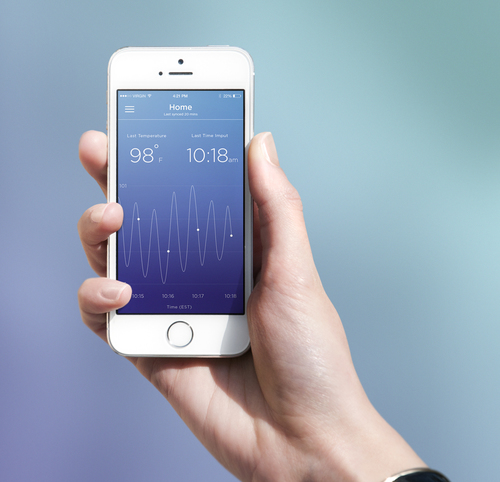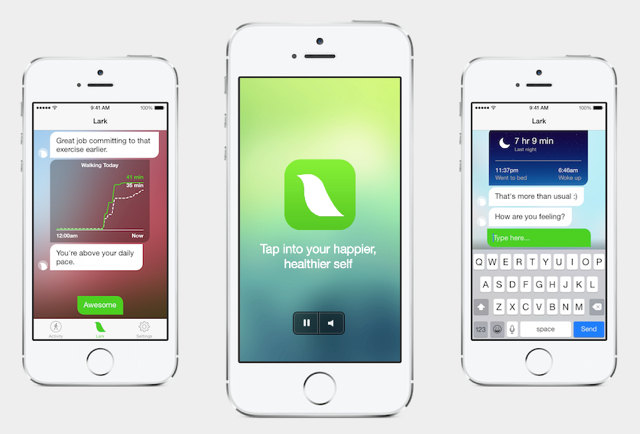CES: The Quantified Self – Is There a Model for Making Money?
January 6, 2015
Is there a practical business model for wearables? A CES panel on “What’s New in the Quantified Self” did a deep dive on that question, with panelists drawing from their own early experiences. Engaging consumers with wearables is proving to be much more difficult than anticipated, say the panelists, who report that 85 percent of wearables are abandoned after one month. Success may rely on the industry identifying models that address interaction with data and long-term consumer engagement.
 The key is to make data relevant, says Dr. Lauren Constantini, president and CEO of Prima-Temp, which makes a wearable sensor that tracks a woman’s core temperature and sends her an alert when she’s fertile.
The key is to make data relevant, says Dr. Lauren Constantini, president and CEO of Prima-Temp, which makes a wearable sensor that tracks a woman’s core temperature and sends her an alert when she’s fertile.
“With heart and diabetes wearables, we worry about how to get patients engaged,” she said. “In the fertility world, the woman will keep using our sensor until she’s pregnant.”
Constantini notes that some users learn how to modify behavior with the fitness band and then no longer need it.
“But that’s not a great business model to sell a product that people use only for a few months,” she said. “I hope Quantified Self companies will move more quickly in making this data relevant.”
For Dr. James R. Mault, VP and chief medical officer of Qualcomm Life, making data relevant is all about making it connected. “You can pull up your Starbuck’s transaction from this morning on your phone, but if you get wheeled in the ER room, no one can pull up your medication records or allergies,” he noted. “If the device doesn’t connect to someone, all those measurements don’t mean anything.”
Qualcomm just announced a partnership with Walgreens to connect their blood pressure and glucose devices to the cloud, with the added ability to share data with pharmacists and other medical providers.
How to motivate people via wearables was another point of discussion. Julia Hu, CEO and founder of Lark Technologies started her company in 2010 with a wearable to help insomniacs sleep, but has transitioned into offering a software-based Artificial Intelligence “chat buddy” on top of any stream of data.
“For those of you building hardware projects, engagement is the first thing you should be tracking,” she said, noting that Lark has a 60 percent retention rate. “We moved from device-centric to phone-centric. The low power sensors on the phone are more powerful than the wearables out there.”
Constantini urged wearable creators to “find a problem that needs a solution,” rather than create a product that “looks for a problem to solve.” Mault encouraged wearable creators to, “think about how to bring data from other sources into a combined offering.”


No Comments Yet
You can be the first to comment!
Sorry, comments for this entry are closed at this time.